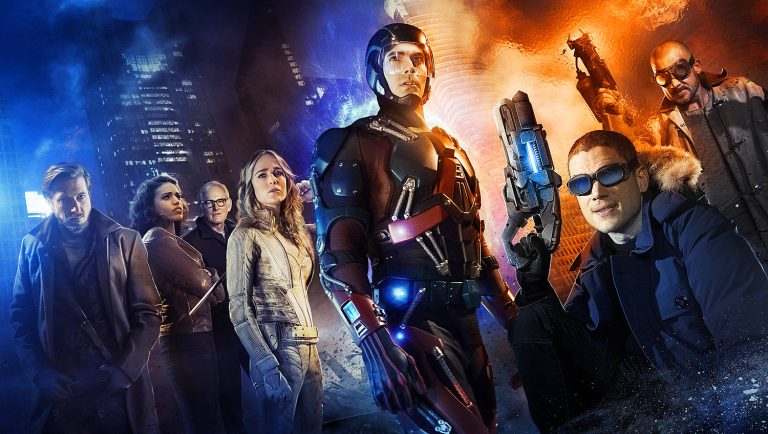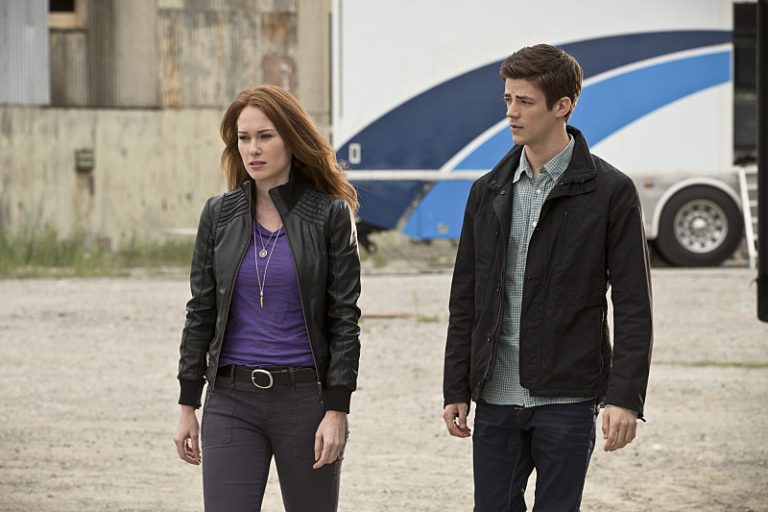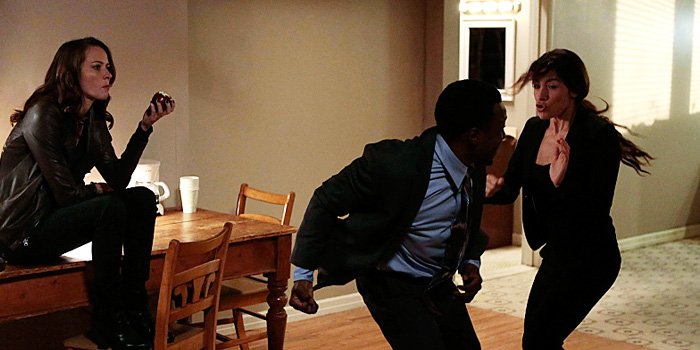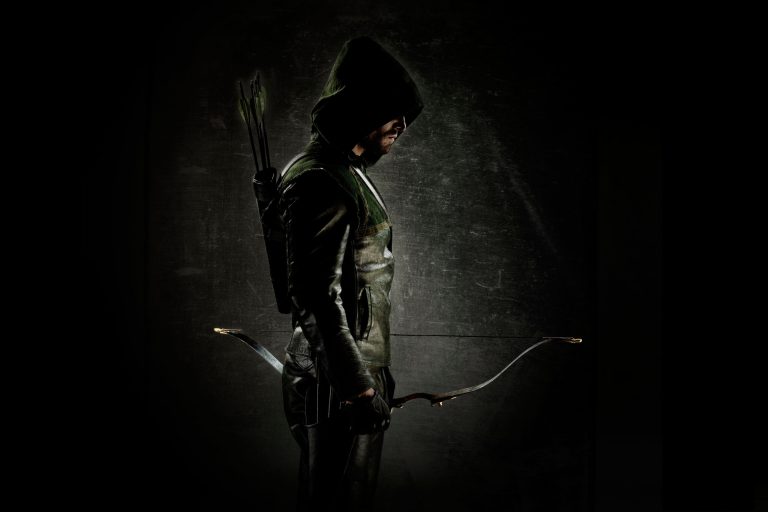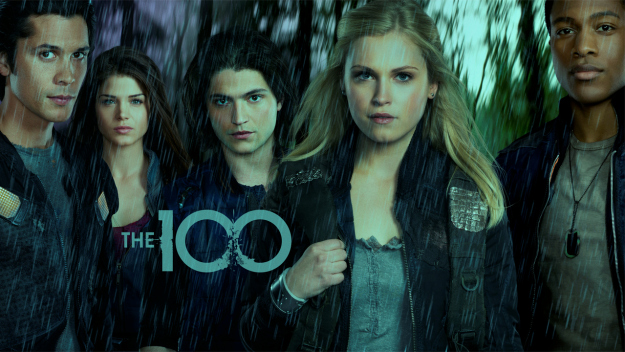Into the Darkness and Out of the Light: “As I Lay Dying” Review

Morn came and went—and came, and brought no day,
And men forgot their passions in the dread
Of this their desolation; and all hearts
Were chill’d into a selfish prayer for light
– George Gordon Byron, “Darkness”
Death is the most unalterable of laws. All things come to an end, or so we believe. The season two finale of The Vampire Diaries brought its audience close to death’s dance but pulled back. Yes, many of the characters have met their end, sadly for some, welcomed for others, but up until this point, we had felt assured that any contact with the dead was a dangerous and perhaps fatal encounter. Now we know that death is always in the air, waiting to rush in over the skin and take hold of the soul. It’s important to note that the season ended not on Stefan’s transformation or Damon’s survival, but rather on the picture of Jeremy standing between the dead Anna and Vicki. Jeremy’s position, in effect, becomes the perfect metaphor to unravel the show’s tale of transformation. He is in between – the place between life and death and there both by choice and by the force of another’s will. He is the consequence of a decision, and that is the most deliberate theme that the show has underscored: a choice made is the space between the night falling and the morning dawning.
Throughout the episode we are reminded again and again of three important transformations, of three choices. First, Stefan’s dark past emerges again as he bargains for Damon’s life with Klaus. Klaus appears as a Mephistophelean character, who proposes the most primitive deal of the land – one life for another. Brotherhood, for Stefan, represents a form of redemption, as he tells Elena that he must find Klaus because Damon’s death comes at the price of the vampirism that Stefan foisted upon him so many years ago. As he falls prey to Klaus’s manipulations, we see Stefan transform into that monster that we knew was there but whom we hoped was dead. Stefan, then, tells us the audience that death is never really permanent; the ghost is always capable of being reconstituted, re-embodied. The force of that final scene, where he takes the girl who Klaus offers, re-enacts the scene with Damon and the gazebo, but it also evokes a perverted form of sacrament. The body and the blood resurrect the Ripper. Stefan dies; Stefan lives. The choice is made.

The second transformation that we encounter comes in the form of the Damon/Elena interaction. Damon’s psychedelic experience of dying meshes the past with the present, making explicit the blurriness of his character. The episode’s cinematography reinforces this view, as his memories appear as haloed with light, hazy at the edges, and slightly unfocused. The darkness of the dungeon, the nightfall of his dying, and the backdrop of Gone with the Wind accentuate the violence he has enabled. As he lay dying in Elena’s arms he realizes that his love and fear and everything else have been a “series of choices” that he has made. His apology is recognition, just as Elena’s kiss is recognition, a choice that will have consequence, must have consequence. In that moment after the kiss, the show demonstrates that sometimes the choices we make lead us toward, and sometimes they lead us away.
The final transformations that we encounter come from three characters: Liz, Bonnie, and Katherine. Liz, although obligated to law and order, sees that sometimes those ideals have human consequences. The shooting of Jeremy brings that disconnect into relief – To choose order, to choose the rule of law, does not always mean justice. In fact, it can be as fatal and foolish any other irrational endeavor. Ironically, Jeremy’s “death” spurs Liz’s acceptance of Caroline, which may be a way to read how the human population will be forced to interact with its supernatural companions. Bonnie, on the other hand, makes a choice that she has been warned will have repercussions. Her emotions, rather than her reason, push her to beg for Jeremy’s life. She does use the witches’ power for a very selfish cause, just as Stefan falls to Klaus’s manipulation for a very selfish cause. It was not for Jeremy’s or Damon’s lives that they made their decisions. Instead, Stefan and Bonnie made these decisions in fear of the moment after the others’ deaths – what becomes of me when you are gone? For Katherine, though, the decision she makes is probably the most unselfish of all the decisions made, ironically. She chose to go to Damon, even when reason and an instinct for survival might very well have warned against this choice. It is interesting that Katherine would be the most selfless of the characters, in the end, but perhaps that is a good enough reason why. If the show wants to highlight all the spaces in between good and bad, right and wrong, darkness and light, then it would be Katherine’s task to subvert her history of avarice with a single act of generosity.

In the end, the season two finale of The Vampire Diaries leaves the audience with a series of revelations and questions to ponder until September.
What becomes of Stefan now that he has seemingly reverted to an earlier, darker version of his vampire self?
How does Stefan’s absence affect the love triangle between Stefan/Elena/Damon?
How does Jeremy’s newfound psychic ability affect the storyline and his relationship with Bonnie?
How will the Originals and the growing population of humans who know about the supernatural affect the future?
And finally, who will travel into the darkness? Who will travel out of the light?
Soaring through wider zones that pricked his scars
With memory of the old revolt from Awe,
He reached a middle height, and at the stars,
Which are the brain of heaven, he looked, and sank.
Around the ancient track marched, rank on rank,
The army of unalterable law.
– George Meredith, “Lucifer in Starlight”
{jcomments on}

